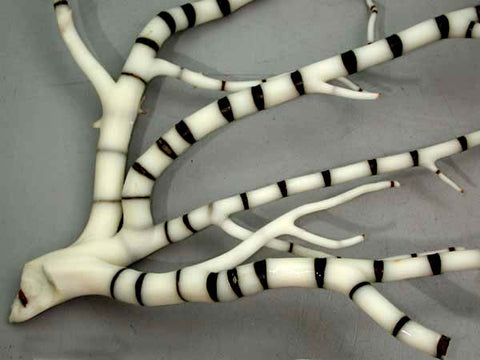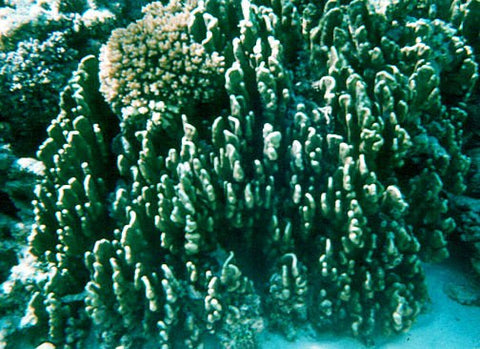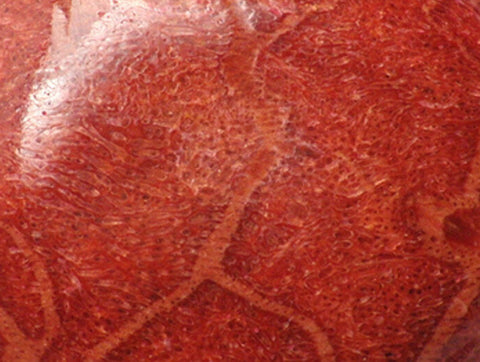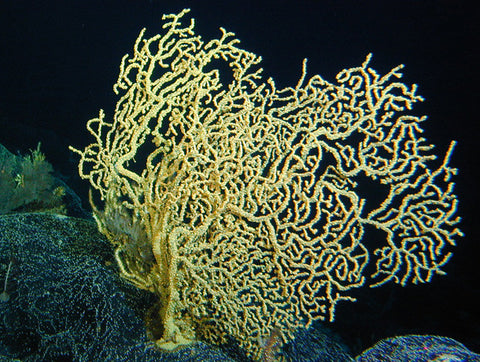Your Cart is Empty
Free Shipping for orders over $49 in Australia, $199 IN NEW ZEALAND/USA/CANADA AND $249 REST OF THE WORLD
Menu

0
Your Cart is Empty
Free Shipping for orders over $49 in Australia, $199 IN NEW ZEALAND/USA/CANADA AND $249 REST OF THE WORLD
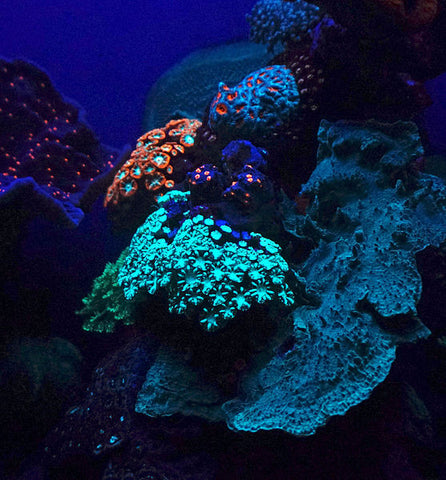 Fluorescent coral in Underwater Observatory Marine Park, Eilat.
Fluorescent coral in Underwater Observatory Marine Park, Eilat. 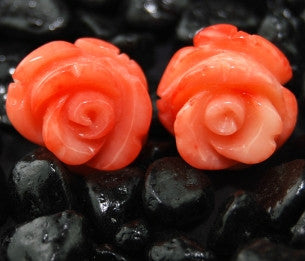
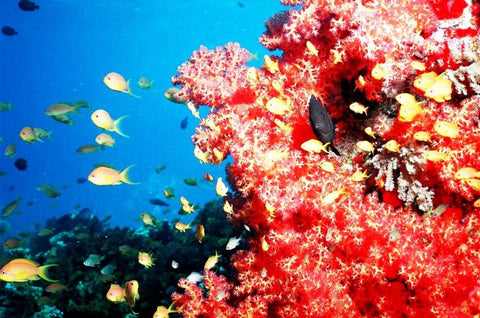 The so-called "precious" or red - pink - white corals belong to the Genus Corallium. Twenty-five species of Corallium have been named, of which six species are commonly traded, including the famous Mediterranean red coral (Corallium rubrum), the Pacific Ocean species Hawaiian pink coral (C secundum), red coral (C regale), pink coral (C laauense), and the Midway deep sea coral (Corallium sp nov).
The so-called "precious" or red - pink - white corals belong to the Genus Corallium. Twenty-five species of Corallium have been named, of which six species are commonly traded, including the famous Mediterranean red coral (Corallium rubrum), the Pacific Ocean species Hawaiian pink coral (C secundum), red coral (C regale), pink coral (C laauense), and the Midway deep sea coral (Corallium sp nov).
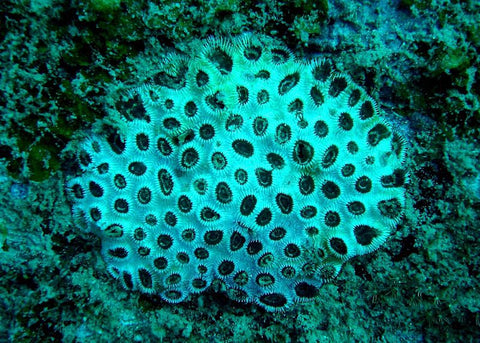 Black coral in situ (unidentified Scleractinia). Photo credit:
Black coral in situ (unidentified Scleractinia). Photo credit: 

